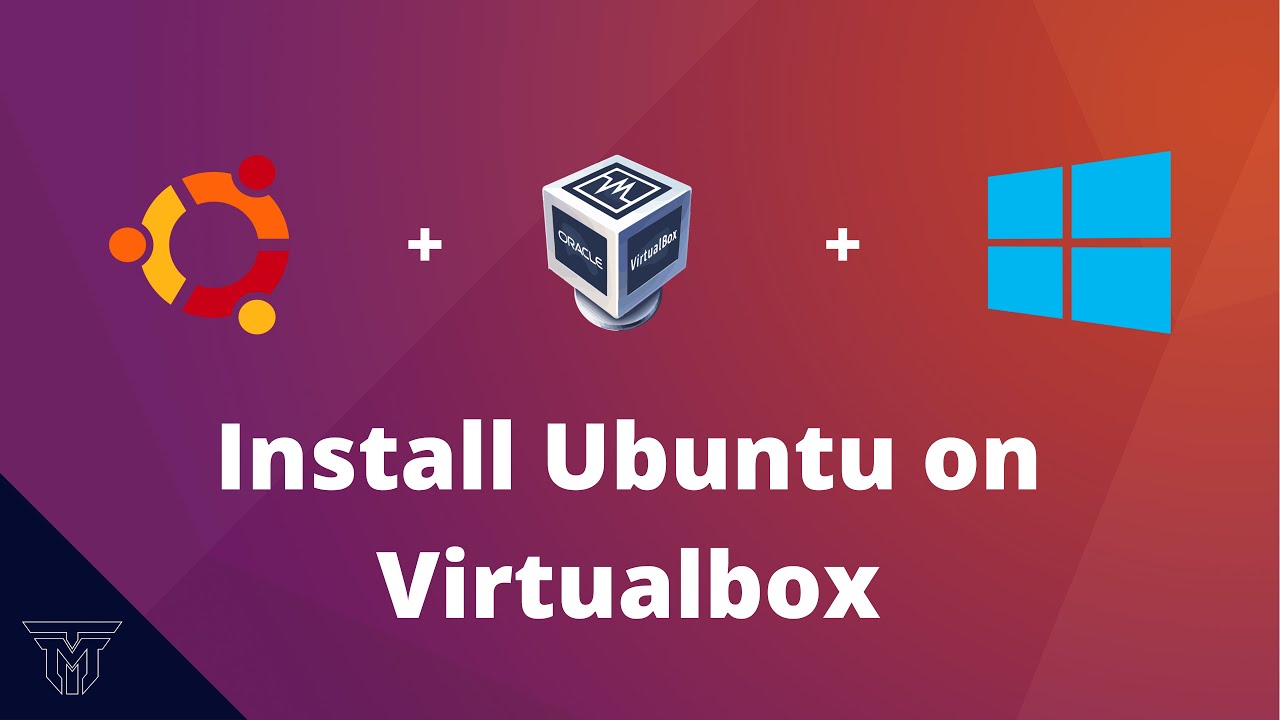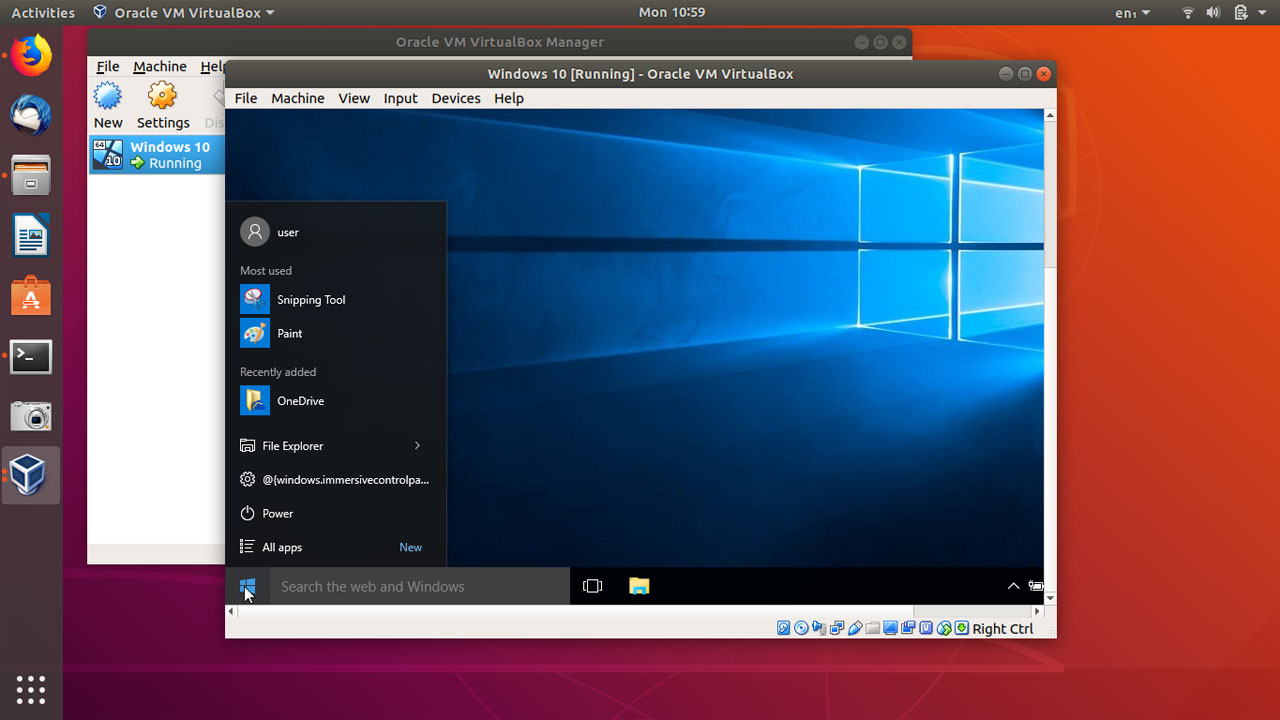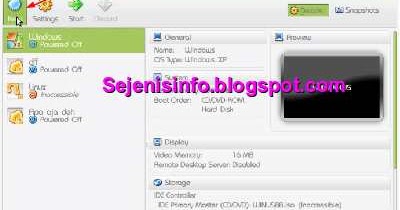

- #Install ubuntu on virtualbox windows 8 how to
- #Install ubuntu on virtualbox windows 8 Pc
- #Install ubuntu on virtualbox windows 8 iso
#Install ubuntu on virtualbox windows 8 Pc
Best Home Theater PC Build 2017 to do it all (Plex, Kodi, NAS, Gaming).Setup Ubuntu on VirtualBox using the above two posts as guidance. Just as on a standalone system, you may choose to create separate partitions or partition the whole virtual disk for Ubuntu installation.
#Install ubuntu on virtualbox windows 8 iso
Instead of booting from USB Ubuntu installation stick or CD, you will boot your Virtual Machine from the download ISO file. Ubuntu Server installation on VBox is exactly same as on a standalone system.
#Install ubuntu on virtualbox windows 8 how to
Video: How to install Ubuntu Server 14.04 Trusty Tahr?.Install Ubuntu Server 14.04 Trusty Tahr as a home server.You may use the following two posts as guidance. Once your Ubuntu VM boots, follow the onscreen prompts to install Ubuntu Server on VirtualBox. The VM should boot from the Ubuntu Server installation ISO. Load Ubuntu Server Iso As CdĬlick OK and start the new VM to setup Ubuntu on VirtualBox. You will use this mounted ISO file to install Ubuntu on VirtualBox. Then click on the disc icon, browse for the Ubuntu ISO file you downloaded above, and select it to mount it as a CD.

Virtualbox Ubuntu Server Vm SettingsĪs shown in the picture below, check "Live CD/DVD" on the right size. Next, right-click on the Ubuntu Virtual Machine you created (in this case, TrustyServer) and go to Settings-> Storage. The new VM should appear on the virtual machines list on the left. Finally, click OK to complete creating a new VM for Ubuntu Server. Dynamically allocated expands hard drive as needed up to a maximum size set in the previous step. In the next window, choose "Dynamically allocated" for "Storage on physical hard drive". If compatibility with VMware is important, choose VMDK. Leave the hard drive file type to the default (VDI). If not, create a new hard drive with at least 8 GB space. You can use an existing virtual hard drive if you have one. Then, you will be presented with the option to create a virtual hard drive for your VBox Ubuntu Server VM.

For a basic Ubuntu headless VirtualBox Server, you may be able to get by with 512 MB RAM. I recommend choosing at least 1024 MB of RAM memory (2 GB if available). Next, set the amount of RAM memory to allocate to the VM. As you type the server name (TrustyServer in this case) the type and Version of OS may automatically be populated. To install Ubuntu Server on VirtualBox, from the VirtualBox main window hit New to create a new VM. Ubuntu Iso Download For Virtualbox Create a Ubuntu Server VirtualBox VM In this post, Ubuntu Server 14.04.02 LTS ISO image is used as example. Or, download the ISO image of any other operating system that your interested in. Head over to Ubuntu download page and download the release of your choice.

This VirtualBox Ubuntu installation guide is OS independent. Therefore, most laptops can easily handle running two operating systems (one on the host and one as virtual machine). These SSDs, high-capacity hard drives, and 8GB (or even 16GB) RAM are very common. Running a VirtualBox Linux Server allows you to run a server from your existing system without making any permanent changes to your hard drive.


 0 kommentar(er)
0 kommentar(er)
